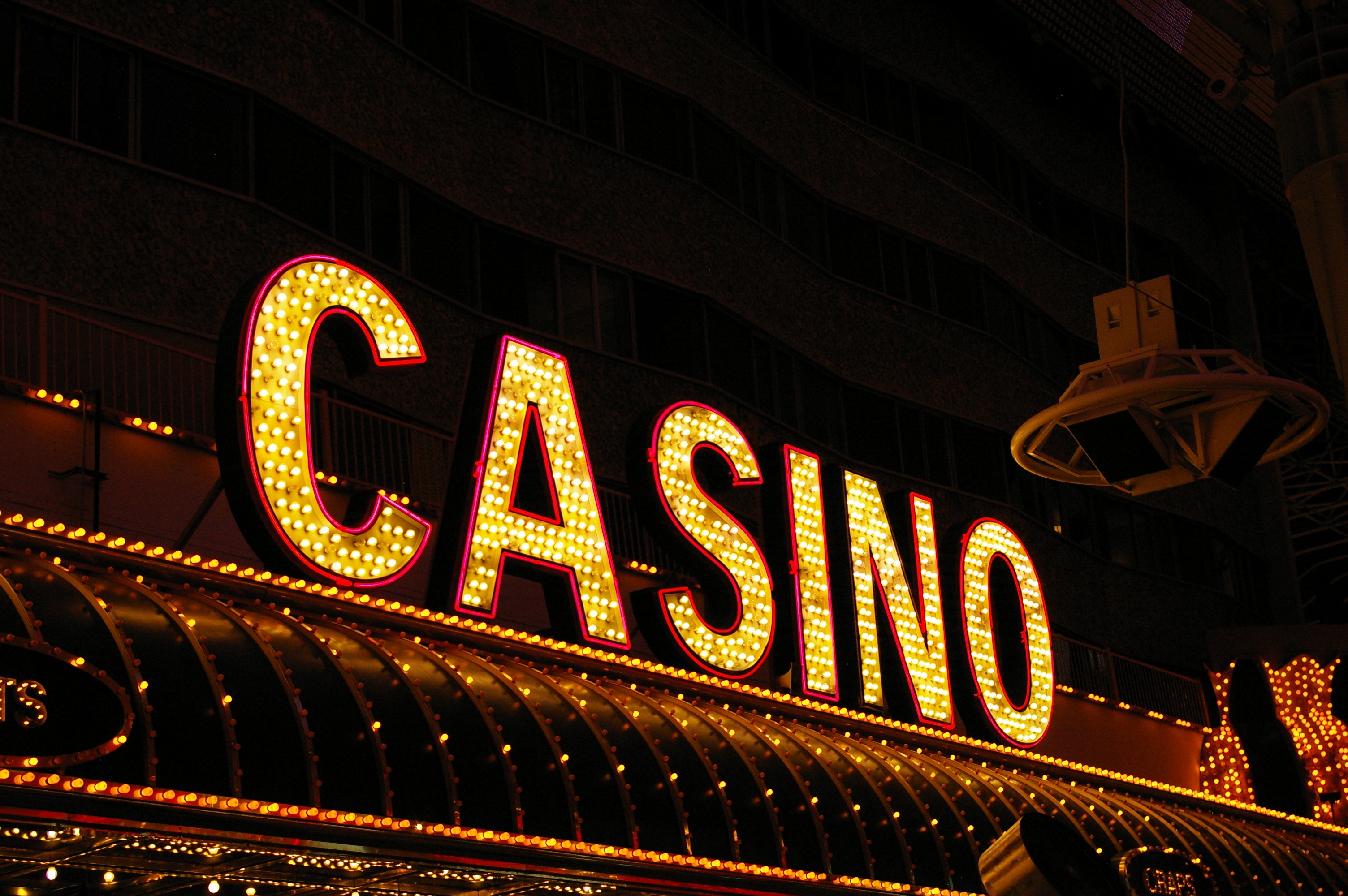
In the lively and thrilling world of casinos, where luck and tactics intertwine, color and aesthetic play a key role in attracting gamblers. From the moment players step inside a casino or access a gaming platform, they are immersed in a visual feast that grabs their attention and entices them to explore further. Bright colors, captivating graphics, and creative layouts are meticulously crafted to create an environment of thrill and expectation, ultimately improving the gaming encounter.
As players move through the ever-changing landscape of casino games, they come across a variety of designs that not only serve aesthetic purposes but also affect feelings and choices. Colors like scarlet and yellow symbolize riches and luck, while calm navy and greens can create a more tranquil environment. Understanding how these elements function together enables casinos to create an inviting and energizing atmosphere that encourages players to engage with the games, invest additional time at the tables, and increase their general enjoyment.
The Psychology of Tint in Gambling Games
Hue plays a critical role in the development of gaming experiences, influencing players’ feelings and behaviors. Vivid and striking colors, such as scarlet and gold, are often used to ignite excitement and attract notice. These shades create a sense immediacy and energy, encouraging players to involve themselves more eagerly with the game. By intentionally selecting tints, designers aim to evoke emotions of pleasure and anticipation, which can enhance the total gaming experience.
Various shades also have psychological associations that can influence how players perceive their possibilities of success. For instance, green is often associated with fortune and abundance, making it a well-liked choice in activities like the roulette wheel and poker tables. This connection can lead players to feel more positive and confident in their play, ultimately motivating them to wager more. Understanding these connections allows game creators to design environments that enhance player satisfaction and retention.
In addition, the layout of casino game interfaces often uses blended colors and opposing shades to direct players’ actions. For instance, winning outcomes may be highlighted with bright, opposing colors, creating a visual incentive. This technique reinforces favorable outcomes and promotes repeated participation. By utilizing color psychology, casinos can develop activities that not only draw participants but also hold them engaged and dedicated in their gaming experience.
Design Features that Engage Gamers
The visual appeal of gambling games is largely influenced by the implementation of bold colors. Lively and contrasting colors are deliberately chosen to create an appealing atmosphere that grabs attention. For instance, crimson and golden hues often signify luck and wealth, which is why they are common in the color schemes of slot machines and game surfaces. These colors not only draw players in, but they also stir emotions related to excitement and anticipation, enhancing the total gaming experience.
In parallel to color, the aesthetic and organization of gambling games play a crucial role in player attraction. Games are designed to be user-friendly, ensuring that players can easily understand the rules and mechanics. User-friendly interfaces, along with engaging graphics and motion, help maintain gamer interest and promote extended play sessions. non GamStop casinos UK The physical elements, such as the texture of the buttons and the sounds of the games, also add to a holistic sensory experience that keeps players engaged.
In conclusion, thematic elements in gaming design can greatly influence player choice. Many gambling games are inspired by popular culture, myths, or exploration motifs, featuring symbols and characters that connect with players. These themes create a sense of immersion and connection, making each game feel distinct. When players feel a connection to the concept, they are more likely to opt for that game over others, leading to increased participation and excitement within the gambling environment.
Case Studies: Effective Gambling Slot Designs
One noteworthy example of effective gambling game design is the well-known slot machine series based around blockbuster movies. Games such as those based on the The Wizard of Oz and Game of thrones utilize dynamic colors and superior graphics to immerse players in well-known narratives. The employment of dynamic visuals and engaging sound effects takes the interest of players, establishing an psychological connection to the theme. This strategy not just fosters longer play but also boosts the overall gaming experience, yielding increased player retention.
Another successful case is the application of color in table games like blackjack and roulette. Casinos often design these games with rich reds and greens, colors traditionally connected with luck and wealth. For instance, the green felt on a blackjack table provides a relaxing effect, while the crimson accents in roulette invite excitement. This thoughtful use of color helps to establish an inviting atmosphere that stimulates players to join in, addressing their psychological impulses and increasing their enjoyment.
Finally, social casino games that feature social features and vivid, lively designs have experienced remarkable success in engaging players. Games like Zynga Poker and Slot-O-Mania leverage bright colors and playful animations to forge an inviting online environment. The integration of leaderboards, social sharing options, and in-game rewards promotes competition and community, pulling players in for longer sessions. Such designs not just make the games visually enticing but also highlight social connectivity, a key factor in player retention and engagement within digital casino environments.